Unlocking global traffic potential requires a strategic and comprehensive approach, and one of the most powerful ways to achieve this is through Search Everywhere Optimisation SEO methods. Unlike traditional SEO which focuses on ranking a website on major search engines like Google, Search Everywhere Optimisation expands the focus to include visibility and discoverability across multiple platforms. These include search engines, social media channels, e-commerce marketplaces, voice assistants, mobile apps, video platforms, and even AI tools. The goal is to make your content and brand easily findable wherever your potential audience is searching. As global digital behaviour diversifies, relying solely on one source of traffic can limit reach. Instead, embracing a wider optimisation strategy ensures sustained visibility, better engagement, and more traffic from all corners of the digital world. A crucial step in this process is understanding platform-specific algorithms. Each platform whether it is Google, YouTube, Amazon, Instagram, or TikTok has unique ranking factors. For instance, while Google values backlinks, keyword relevance, and content quality, YouTube favours watch time, engagement, and video freshness.
Similarly, Amazon’s A9 algorithm is based largely on product performance and relevance. To unlock global traffic, marketers and content creators must tailor their SEO tactics to suit each platform’s rules. This might mean optimising product listings for Amazon, fine-tuning hashtags for Instagram, or crafting keyword-optimized transcripts and titles for YouTube videos. Creating platform-appropriate content improves reach and discoverability in different digital environments. Localisation is another key method within pinnacle internet marketing Search Everywhere Optimisation. Simply translating content into different languages is no longer enough. Local SEO involves adapting messaging to local cultures, search habits, and trends. Using local keywords, engaging in region-specific promotions, listing on local directories, and maintaining consistent NAP name, address, phone number information across platforms can significantly boost search rankings in specific countries or regions. With billions of global internet users interacting in their native languages, localisation can be the bridge to unlock previously untapped traffic from international markets.
Voice search optimisation is also a rising opportunity. With the widespread use of smart devices and virtual assistants like Alexa, Siri, and Google Assistant, users now search in a more conversational tone. To adapt, content must be structured to answer natural language queries often in the form of questions. Using featured snippets, FAQs, and schema markup increases the chances of being selected as a voice search result. Optimising for voice ensures visibility in a rapidly growing segment of global traffic. Moreover, visual and video search capabilities are advancing, especially with tools like Google Lens and Pinterest Lens gaining popularity. Businesses can benefit by optimising image alt text, using high-quality visuals, and adding relevant metadata. Similarly, short-form videos are driving engagement globally, and platforms like TikTok, Reels, and Shorts are essential channels for discovery. By understanding and adapting to various digital ecosystems, tailoring content to local markets, and optimising for new modes of search like voice and visual, businesses can ensure their content is found everywhere their audience is looking.



